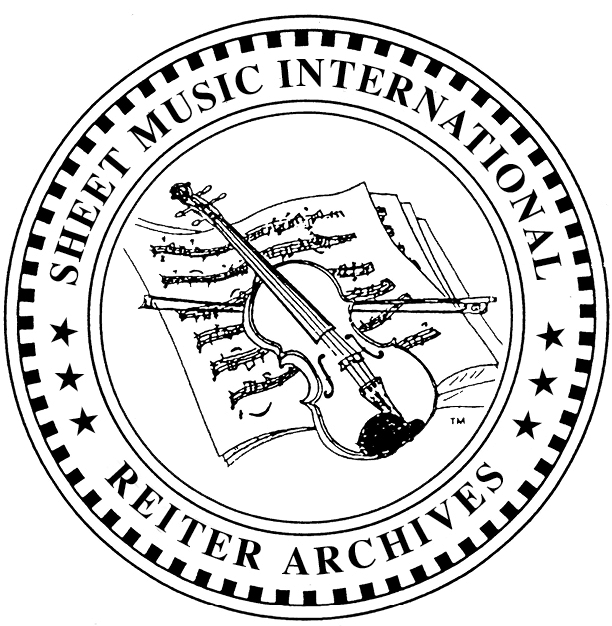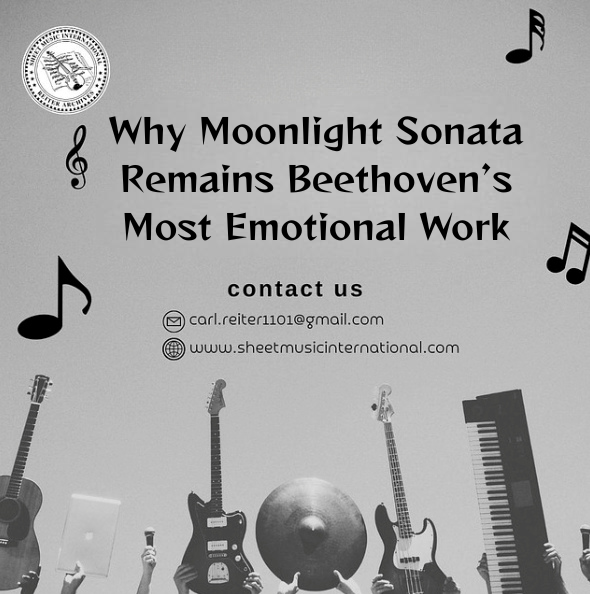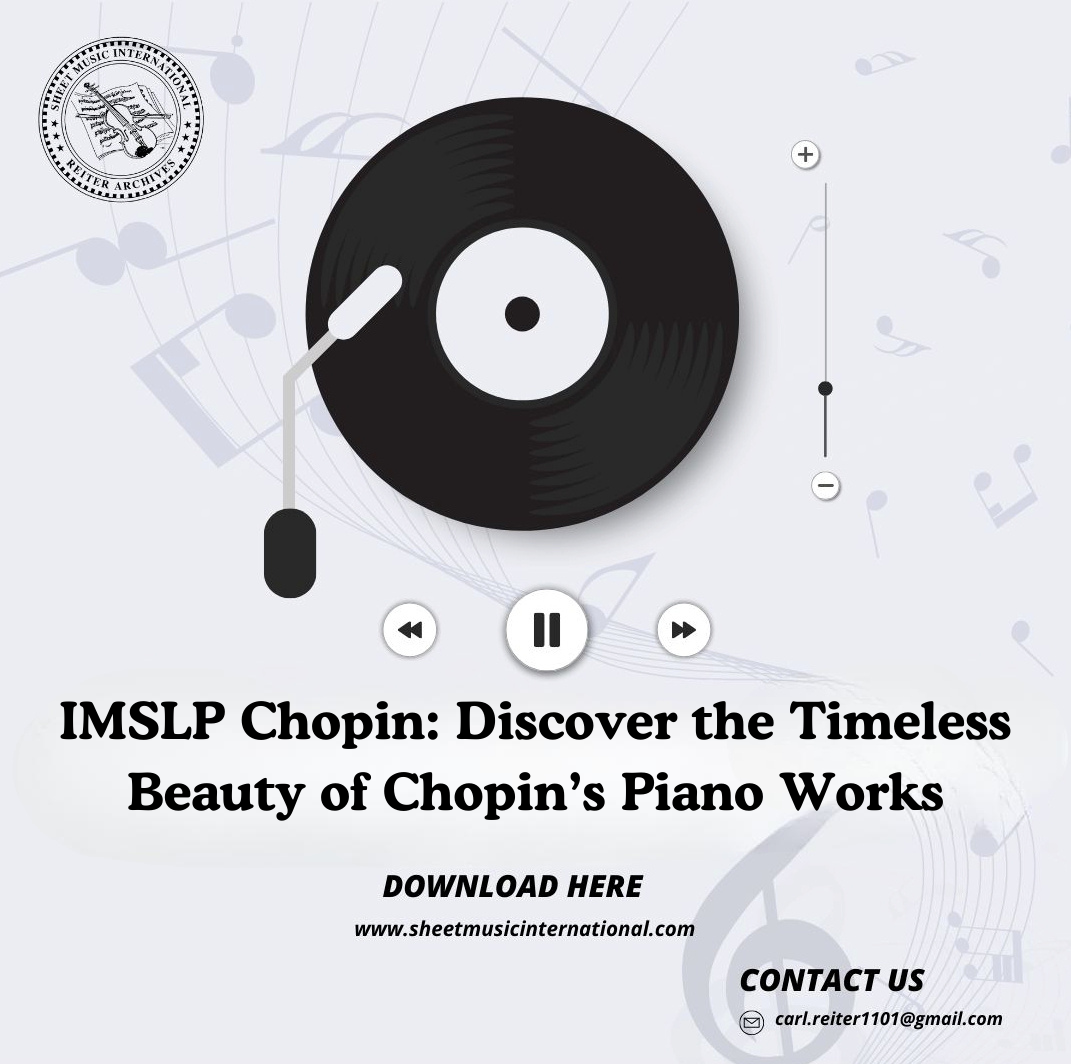
Your Request is under process, Please wait.


“Fur Elise Sheet Music” is an iconic piece by Ludwig Van Beethoven that depicts the classical and early romantic periods musical style. In this blog, we will find out more about its history and evolution.
One cannot underestimate the importance of Ludwig van Beethoven’s “Für Elise,” which is a name commonly referred to as Bagatelle No. 25 in A minor, Woo 59. It is one piece that even those who have no knowledge in music can easily identify through its sound. This has already become a signature tune for quite a number of movies, adverts and mobile phone ring tones making it one among the most loved compositions ever.
Fur Elise sheet music simple yet lovely melody has made it a staple on pianos for beginners and popular selection across various media. There are some discrepancies between published and original versions; however, they all continue to attract attention of listeners worldwide.
Despite all this, the score’s history is as captivating and twisty as the song itself. This blog will delve into all the explanations behind Für Elise sheet music as well as its various alterations over time that made us fall in love with it.
The Original Manuscript and the Mystery of "Elise"
In 1810, Beethoven composed “Für Elise," naming it "Bagatelle," a term that implies a brief, delicate and unassuming composition. On the manuscript there was also a dedication line but the name of the person whose name is dedicated to has always been speculation for many.
In 1865 Ludwig Nohl mistook Musicologist and musicologist misinterpreted a dedication leading him to write it as “Für Elise” (for Elise). Leaving behind people who want to discuss just who this girl could be. For whatever its explanations, the meaning of this dedication remains an intriguing puzzle.
The Original Edition and the “Lost” Manuscript
This is the story of Beethoven’s Fur Elise sheet music. The first edition of this piece was published in 1867, based on Nohl's transcription. At this point, it became known as Fur Elise, and the secret behind who it was meant for increased in mystery. However, some slight modifications were made to its score, which remained invisible for close to a century.
Rediscovering the Original and Unveiling Inconsistencies
It was in 1984 when the inaugural draft of “Für Elise” showed up, exposing disparities between this version and the one that had already been published.
It was found in a redo of Section 2, which resulted in an enhanced accompaniment as compared to what has appeared on their published scores. It caused arguments among musicologists and performers who could not tell if the first or second versions represented Beethoven's true intention.
The "New" Für Elise and the Performer's Choice
Performers were faced with an option when they found a revised variation of the second section. They could have stuck to what was in the published book that was known to them or employed the new aspects that were traced from the original manuscript. The selection represented how an artist has understood and spoken out on his or her views and feelings about Für Elise sheet music.
Beyond Contradictions: An Everlasting Heritage
Through many versions and readings, the real "Für Elise" has not changed. The piece still conveys a sense of sadness in its melody, with contrasting sections that make it thrilling throughout. The development of its music score not only indicates historical interpretation problems but also displays how living art music can be.
For Example, The Future of Für Elise: A Changing Legacy
The Für Elise sheet music is a strikingly fluid proof of the changes in artistic representation. Historically, this has been pivotal because it will change over time as others make their performances.
All these factors contribute to the realization that sheet music is not static but rather a dynamic art form, which can be seen through some mysteries like the ‘Elise’ controversy that continues to exist today, different versions of arguments, or even various interpretations by performers themselves about the piece, Fur Elise.
In conclusion,
“Für Elise” transcends its musical value to become a relic of history that guides us in understanding the past and its contribution to the evolution of music.
If you want to download the beautiful musical notes of your favorite composer, choose a public domain website for free sheet music. A public domain website gives a free access to information and resources that are not under copyright. So, it is a great resource for musicians to enhance their learning.









